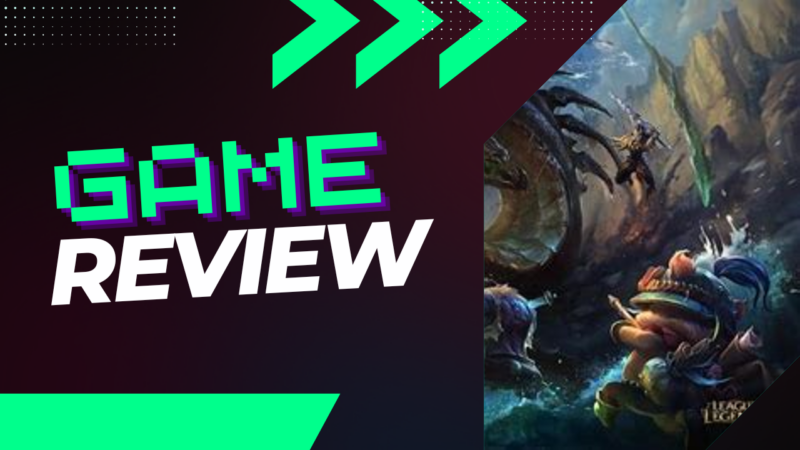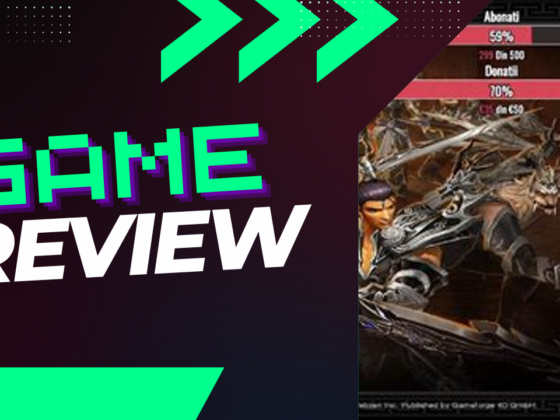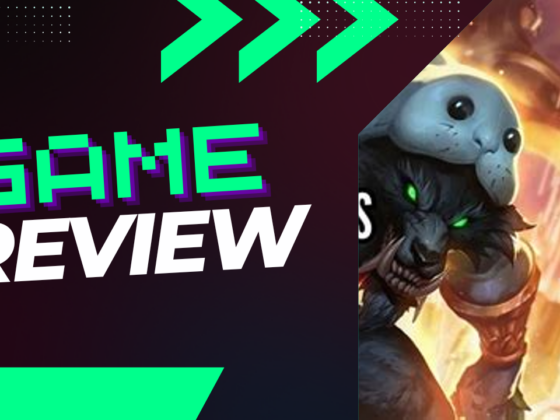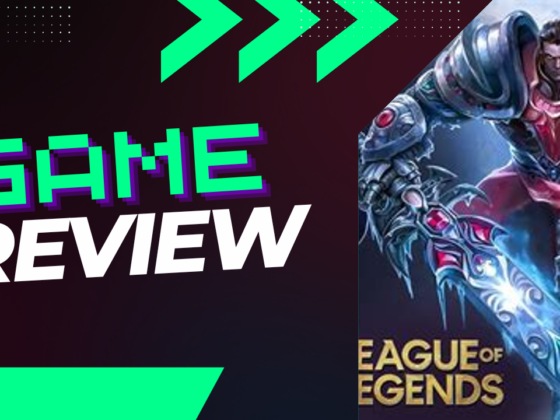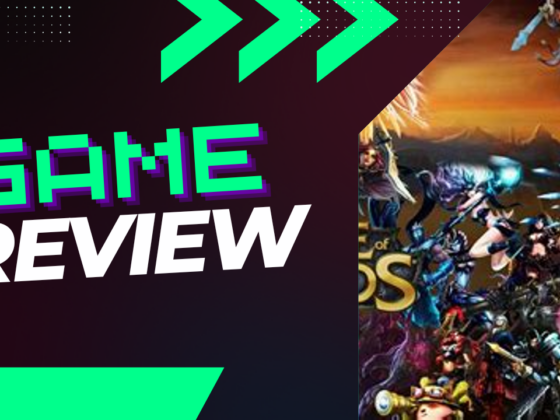What is it about League of Legends that keeps millions hooked, eagerly logging in day after day? It’s more than just colorful characters and captivating arenas; it’s a digital playground where friendships are forged and rivalries thrive. Imagine a world where strategy meets spontaneity, where teamwork is both the key to victory and the heart of the experience. This exhilarating game not only invites players to battle it out but also cultivates a vibrant community that transforms solo play into a social spectacle. Join us as we explore the magnetic allure of League of Legends and uncover the secrets to its unparalleled popularity.
The Phenomenon of League of Legends: Why It Captivates Millions
League of Legends has mastered the art of community engagement by allowing friends to easily join and play together. Players have the option to team up in a premade lobby or establish their own ranked squad to compete against other similar teams. The social aspects of the game significantly contribute to its widespread appeal.
Understanding League of Legends
For those unaware, League of Legends is a free-to-play Multiplayer Online Battle Arena (MOBA) game that pits teams of five players against one another in a high-stakes combat environment. Its fast-paced, addictive gameplay, combined with a diverse roster of exciting champions, has made it the most-played game worldwide. At any moment, around 7.5 million individuals are engaged in matches globally. But what particularly fuels League of Legends’ popularity?
Innovation in Gaming Model
Launched in 2010, League of Legends introduced a revolutionary business model distinct from traditional gaming structures, which primarily relied on one-time purchases or monthly subscriptions. Many would have scoffed at the notion of it evolving into the most successful free-to-play game ever.
Previously, players often bought games outright or subscribed to massive online multiplayer games to cover server costs and updates. While some titles offered paid downloadable content (DLC), the idea of giving away a game for free was unprecedented, since companies usually aim for profit.
Championing Fair Play
During this transformative time in gaming, mobile games began to rise in popularity, with titles like Candy Crush adopting a “free to play” model that fell short, often morphing into “pay to win” scenarios where monetary investment translated to unfair advantages. To counter this, League of Legends devised a model where spending money doesn’t grant advantages; instead, it utilizes a currency known as Riot Points, which can be earned through in-game accomplishments, though they can also be purchased. This currency allows players to unlock new champions and customize their favorites with unique skins, among other options.
The free-to-play approach attracts a vast audience, resulting in remarkable engagement levels. Interestingly, many players wind up spending more on skins and cosmetics than they would have on typical game subscriptions!
Accessibility and Trial Experience
This truly free model significantly boosts League of Legends’ allure. When individuals are curious about trying a new game, it’s easy to download and experiment without financial commitment. Furthermore, many gamers hesitate to invest in games due to fears of dissatisfaction. League of Legends mitigates these concerns by allowing players to sample gameplay with no strings attached, fostering an environment where they can later invite friends without the pressure of purchase. This led to an explosion in popularity at launch, a momentum that continues to build.
Continuous Evolution
No matter the improvements or changes Riot Games implement, a vocal segment of the community will inevitably express dissatisfaction, particularly regarding champion balance. The balancing team faces criticism, some of it unwarranted, but they did release 21 patches in 2014 alone—about one every 17.3 days—at no cost to players. That year also featured six new champions, various reworks, countless skins, and fresh game modes, alongside a comprehensive jungle overhaul and a new Summoner’s Rift map. By consistently providing ample content, Riot Games not only ensures veteran players remain engaged but also attracts new ones, making it hard to imagine League of Legends retaining its current popularity without these ongoing updates.
Competitive Edge
Another factor fueling the game’s success is its ranked mode. Despite its notorious reputation for toxicity, players repeatedly return for more. There are endless memes about Solo Queue experiences, yet it remains a major draw, generating substantial revenue for Riot. Climbing the ranked ladder is fulfilling, offering tangible rewards for players who outshine their competition.
The frustrations seen in Solo Queue often stem from players’ competitive spirit. Importantly, the allure of reaching the top—known as Challenger—remains attainable for anyone willing to dedicate time and effort. Achieving Challenger status not only marks you as one of the best in your region but also places you in competition with professional players, bringing the exhilarating possibility of being scouted by a team. This aspiration encourages players to persist and can inspire newcomers seeking to emulate the thrill of watching the League of Legends Championship Series (LCS).
Social Connectivity
One of the greatest joys of gaming is sharing the experience with friends! League of Legends thrives in this domain, facilitating easy collaboration among players. Users can join together in premade lobbies or assemble their own ranked squads. The ease of making friends in-game is an additional factor for its popularity. Despite encountering some unfriendly players, there are countless opportunities for camaraderie, especially in supportive or marksman roles, fostering connections that may lead to future interactions.
Quick Gameplay Sessions
While some critics argue about long game durations, this view overlooks the broader perspective. Single-player titles allow for flexible playtimes, but online experiences can be quite different. For instance, MMORPGs like World of Warcraft demand extensive commitment for even a single session. In contrast, the average League of Legends match lasts about 35 minutes, fitting neatly into a busy lifestyle. Whether you have an hour before heading out or a late-night gaming urge before bed, League of Legends provides the ideal outlet. If matches were any longer, the game may not have gained the immense popularity it enjoys today.
The Rise of eSports
Soccer’s global appeal is largely because fans enjoy witnessing their idols, such as Messi, showcasing their talents on a grand stage. In the same vein, League of Legends’ burgeoning eSports scene effectively mirrors this trend in gaming. Its surge in popularity began around Season 3 when the competitive landscape took off significantly. The rise of major gameplay platforms like Twitch has also helped elevate League of Legends and MOBAs to mainstream awareness.
The Power of Free Offerings
It’s a simple truth: If you present individuals with a choice between a $39.99 cake and a complimentary one, they’re likely to opt for the free option—unless they are savants with unlimited funds! To gain traction, offering a game for free is a no-brainer. Trials often trigger skepticism since players worry they’ll eventually face hidden costs. League of Legends, however, provides nearly everything at no cost, with only a handful of cosmetic items requiring payment. For most, these small investments could lead to significant spending; before long, you’re purchasing skins that itching to dress your characters!
The Competitive Drive
The intense competitive culture grows organically as players seek to match the prowess exhibited by their favorite professional competitors. League Divisions make it easy to measure your skill against friends. When a friend is on the brink of promotion to Platinum, the drive to keep playing only intensifies. It’s as straightforward as that.
Conclusion: Timing and Impact
Was League of Legends destined for success due to its timing, or is it simply the finest game ever created? Speculating on whether the game would have enjoyed the same prominence without media coverage and the explosion of streaming remains an intriguing thought.
Are you captivated by the rise of League of Legends? For deeper insights into its player base, explore our articles on player counts across servers and the overall engagement levels in League of Legends!

